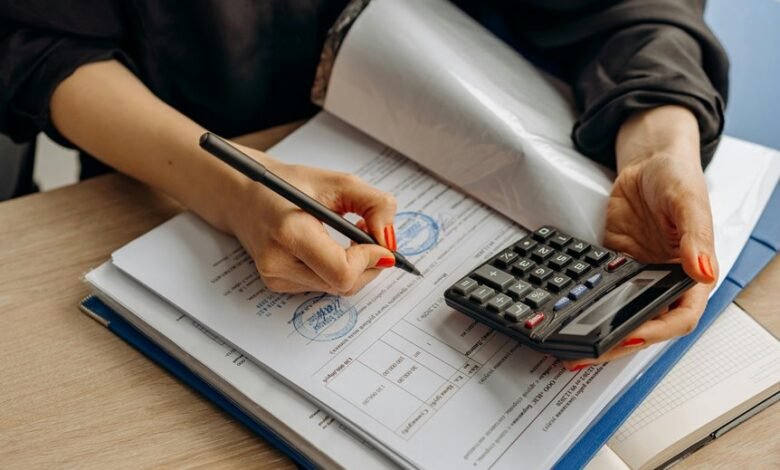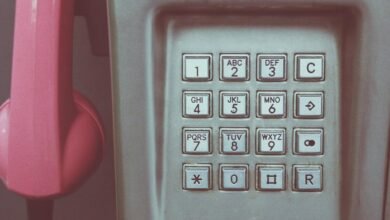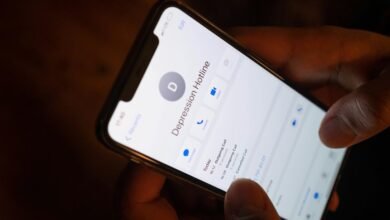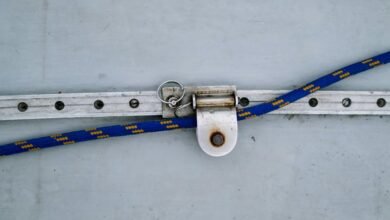Who Called Me From 9193354047, 9193550417, 9194218184, 9194282035, 9195034636, and 9195695454? Verify Now

Numerous individuals have reported receiving calls from the numbers 9193354047, 9193550417, 9194218184, 9194282035, 9195034636, and 9195695454. These calls raise questions about their origins and intentions. Understanding who is behind these numbers can help prevent falling victim to potential scams or unwanted solicitations. What methods can one employ to uncover the identities of these callers? Exploring the available resources might reveal more than just a name.
Identifying Unknown Callers: A Look at the Numbers
How can one effectively identify unknown callers in a world where phone numbers can easily be masked or spoofed?
Various caller identification methods exist, ranging from basic caller ID features to advanced apps.
Utilizing a reverse phone lookup can provide insight into the identity behind an unknown number, empowering individuals to reclaim their freedom from unwarranted disturbances and enhancing their overall communication experience.
Common Scams and Telemarketing Tactics
Deception often underpins common scams and telemarketing tactics, creating a landscape where unsuspecting individuals can easily fall victim.
Scammers frequently employ high-pressure sales techniques, misleading offers, and emotional manipulation to exploit their targets.
Increasing scam awareness is essential for individuals seeking autonomy, as recognizing these tactics can empower them to resist manipulation and reclaim control over their personal information and financial security.
Tips to Protect Yourself From Fraudulent Calls
What strategies can individuals implement to shield themselves from fraudulent calls?
Enhancing mobile security is crucial; utilizing call-blocking applications can deter unwanted contacts.
Individuals should also remain vigilant, avoiding sharing personal information over the phone.
Additionally, reporting scams to relevant authorities fosters community awareness and helps combat fraud.
Implementing these measures empowers individuals to reclaim their freedom from intrusive, deceptive communication.
Conclusion
In an era where nearly 30% of all calls are flagged as spam, the importance of verifying unknown numbers cannot be overstated. The numbers 9193354047, 9193550417, 9194218184, 9194282035, 9195034636, and 9195695454 may represent potential threats lurking in the guise of legitimate callers. By employing reverse phone lookup services and remaining vigilant, individuals can navigate the murky waters of unsolicited calls, safeguarding their personal information and ensuring a more secure communication environment.





